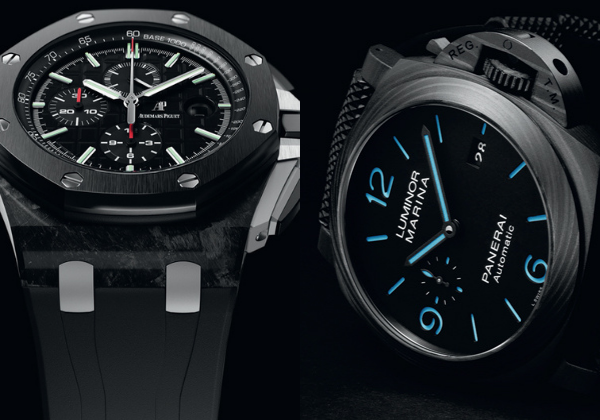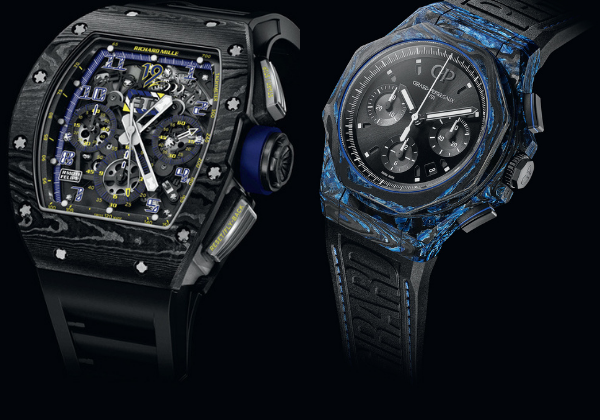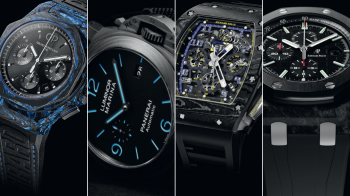By definition, plastic isn’t chic. It looks cheap, especially in the realm of timepieces. That didn’t stop plastic, used in the vast majority of watches, being a big part of the item’s heyday. Yet despite the worldwide success of the Swatch, followed by Casio’s G-Shocks (officially made from ‘resin’), there didn’t seem to be any place for plastic in the field of high-end watchmaking. Nonetheless, the world of synthetic and composite materials turned out to be so rich, aesthetically pleasing, and functional that watchmakers could not seriously go on ignoring them forever. What was needed was a way in: a killer argument for metal giving way to polyurethane, PEEK, and Makrolon; high-tech-sounding as they were, the names alone were nowhere near enough to precipitate the far-reaching change that took place in the 2010s. As has often proved to be the case in watchmaking, the key was imported from several related fields. Plastics are rarely used pure. Agents are added to render them less sensitive to breaking, heat, and skin acidity, make them lighter, or expand the ways in which they can be machined. Among these many additives was a material laden with promise in terms of dreams, performance and technical legitimacy: woven carbon fibre sheets, used in motorsports, avionics and aerospace; once combined with the right agents, the material is light, hard and highly resistant to bending and twisting.

All-purpose
To begin with, carbon fibre technique allowed only flat surfaces, and so logically enough, things started off with dials. But the real aim was to achieve a quality step change for cases, enabling them to lose weight in the process; previously, weight had hindered the progress of the then-nascent activity of hyper sports-related watchmaking. So it was that Audemars Piguet, for instance, set up a forged carbon production workshop for Offshore Alinghi cases. More advanced techniques were to follow. Carbon composites and even carbon nanotubes were produced in bars, tubes, and plates: similar formats to metals, and most importantly, capable of being machined in much the same way. Many brands have exploited the properties of carbon fibre, including Blancpain, Hublot, Graham and Panerai, with Richard Mille and its NTPT leading the way, making the most of all the accompanying benefits of reduced weight. The matt black or grey aspect, sometimes with a moiré effect resembling the skin of a tiger shark, is just right for high-performance watches and the slightly assertive style associated with them. Other materials followed carbon: quartz for Richard Mille, fibreglass for Girard-Perregaux’s Carbon Glass. Even these recent innovations, still being developed, are composites based on plastic – but exude quality and therefore don’t come across as cheap.

*On the occasion of GMT Magazine and WorldTempus' 20th anniversary, we have embarked on the ambitious project of summarising the last 20 years in watchmaking in The Millennium Watch Book, a big, beautifully laid out coffee table book. The Millennium Watch Book is available on www.the-watch-book.com, in French and English.










